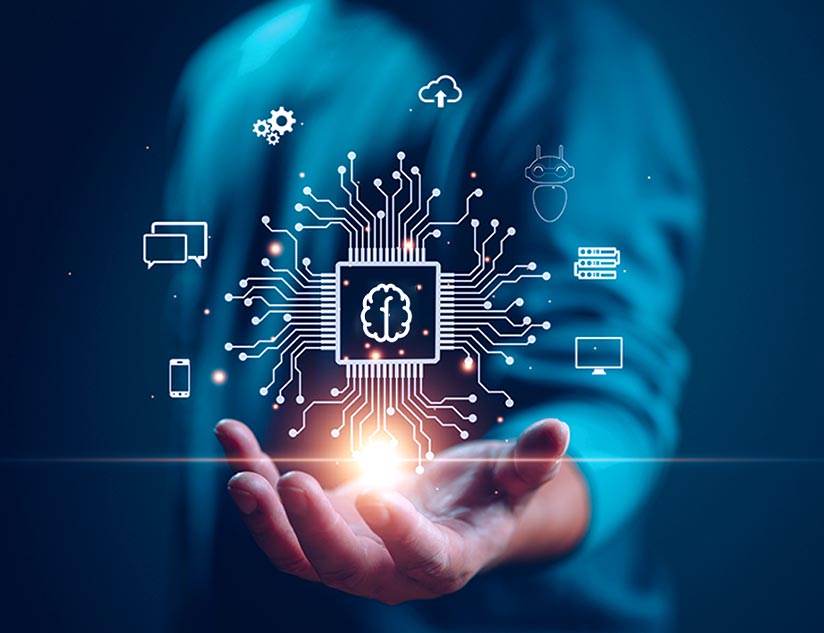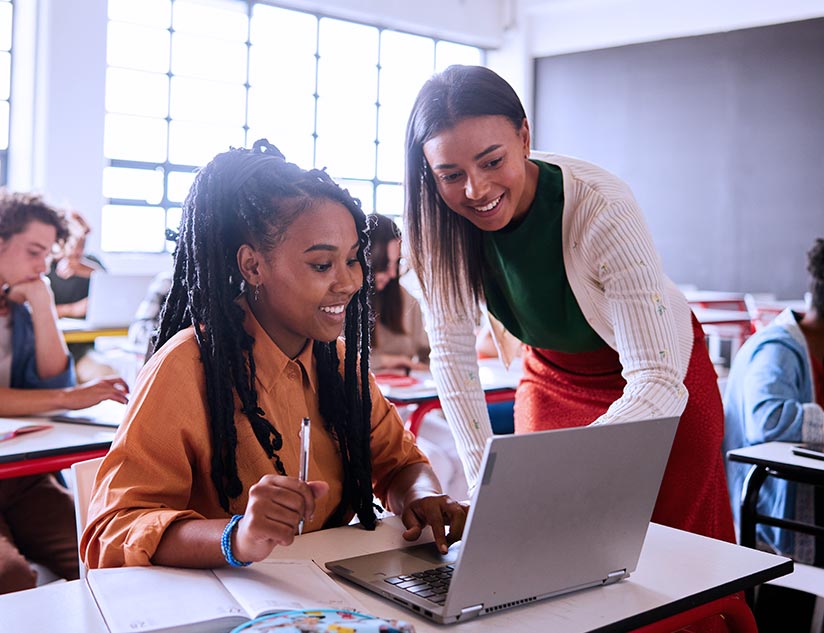Technology is catalyzing the transformation of education, revealing the true potential of each student by creating new and equal opportunities for all. One of the key benefits of technology in education is that educators and students need no longer be physically or temporally in the same space to deliver or gain from learning. This blog explores how remote learning is redefining education.
Benefits of Remote Learning with Technology
The adoption of remote education, supported by tech tools, accelerated during the pandemic to reduce the number of days of learning lost. This phase unleashed the potential of remote education by exposing its multiple benefits.
Increased Access and Flexibility for Learners
Technology facilitates learning via diverse formats, including face-to-face remote sessions, flipped classrooms, asynchronous education, etc. This not only allows continuing education but also allows students to learn at their preferred time and pace. Increased accessibility through recorded sessions will enable students to catch up in case they miss school days, thereby increasing the flexibility and accessibility of education.
Greater Collaboration and Communication Opportunities
Remote learning options are especially beneficial for students with low self-confidence. They can interact freely in asynchronous sessions, through discussion forums, and through dedicated group projects. Constant communication through diverse channels prevents learners from feeling isolated, even in remote settings. Online platforms for remote education offer multiple tools for collaboration among educators and students by facilitating idea sharing, co-creation of learning materials, and sharing assessment questions.
Customized Learning Experiences
AI-powered tools analyze individual learning styles, preferences, speed, strengths, and weaknesses. The insights provided by such analytics facilitate the creation of personalized learning paths and tailored assessments. They offer adaptive learning opportunities by employing assistive technologies and augmenting lessons with additional resources to enhance students’ understanding and satiate their curiosity, often neglected in traditional settings.
Creation of Immersive and Interactive Learning Environments
Online education enhances learner engagement by offering gamified and multimedia learning opportunities. These tools ensure improved knowledge assimilation by enabling interactive lesson progress and assessments while making learning more immersive. Leaderboard and badge systems instill a competitive spirit and help make learning fun.
Real-Time Monitoring of Student Progress and Feedback
AI-powered automated evaluation ensures unbiased grading. NLP-powered analysis algorithms for analyzing answer scripts and response audio expedite evaluation. Instant feedback facilitates the identification and elimination of learning gaps in real-time. Further, online education tools keep track of student progress and generate reports for educators to gauge the impact of instruction, areas of improvement for individual students, and their progress toward achieving the desired learning outcomes.
Technology Tools for Remote Learning
The most essential tools for seamless remote learning experiences include:
Learning Management Systems (LMSs)
A comprehensive course delivery and management platform is the fastest way to transition to online education and enable remote learning. Choose a platform with built-in tools for attendance management, rostering, assessment creation and administration, and more. Cutting-edge LMSs ensure compliance with state and regional regulations, such as FERPA, COPPA, GDPR, etc. The tech tools are also compliant with industry standards, such as LTI, QTI, WCAG 2.0, and others, to ensure global learning standardization.
Video Conferencing Software for Virtual Classrooms and Meetings
Video conferencing software is an essential part of digital education to enable face-to-face, classroom-like learning delivery, one-on-one teaching, and even question-and-answer sessions for life-like experiences.
Digital Content Creation Tools for Creating and Sharing Learning Resources
Technology has brought educators from across the world together by facilitating collaborative curriculum design and content co-creation. Sharing content, learning materials, and assessments helps deliver learning at par with state and international standards, building a unified education ecosystem globally.
Adaptive Learning Platforms for Personalized Learning
AI has penetrated every aspect of our lives, and remote education is no different. Analytics tools collect data on student behaviors, learning styles, previous performance, regional preferences, and much more. Insights from this data are used to create personalized learning paths and ensure that education delivery adapts to individual learning goals and needs.
In addition, online learning platforms generate custom reports on the overall performance of the course, education methodologies, and the LMS. These reports empower educators and stakeholders to make informed decisions regarding curriculum design and technology augmentation.
Challenges and Concerns with Remote Learning Technology
The most commonly faced challenges include:
- Offering equitable learning opportunities by easing access for all learners.
- Lack of abundant personal interaction and socialization opportunities
- Parent and regulator concerns regarding student data privacy and overall LMS security
- Potential health impact of increased indoor and screen time.
- Apprehension of educators regarding the latest technologies and getting out of their traditional comfort zones
Future of Remote Learning Technology
By eliminating the limitations of traditional teaching-learning methodologies, the paradigm shift in education delivery is helping spark curiosity, creativity, and a culture of continued learning. Higher adoption of AI/ML-based personalized learning delivery will foster inclusive and accessible learning, which is among the biggest learning needs at present. This will be further fueled by adopting immersive technologies, such as AR and VR, to encourage deeper immersion in the learning experience.
Innovation in learning technologies has enabled the creation of engaging, effective, and tailored learning experiences. Despite existing challenges, digital education is the future of teaching and learning. Get on a call with the experts at MagicBox™ to benefit from cutting-edge learning technology and remain ahead of the competition.















